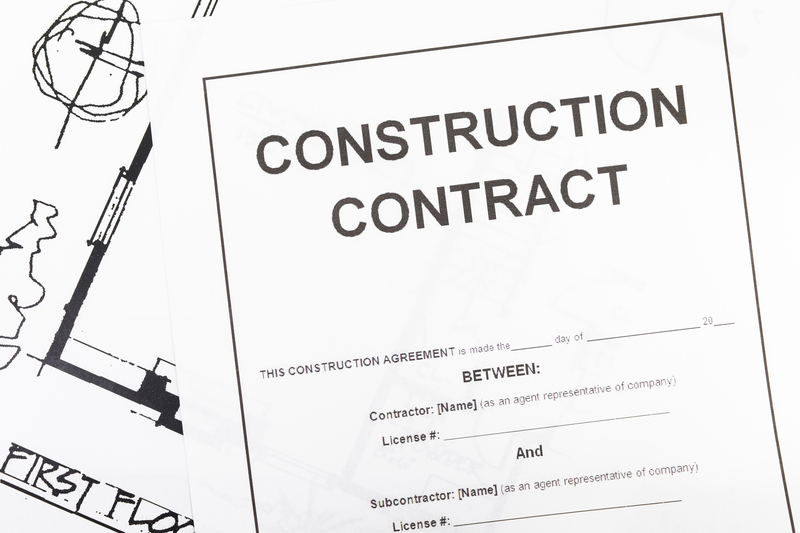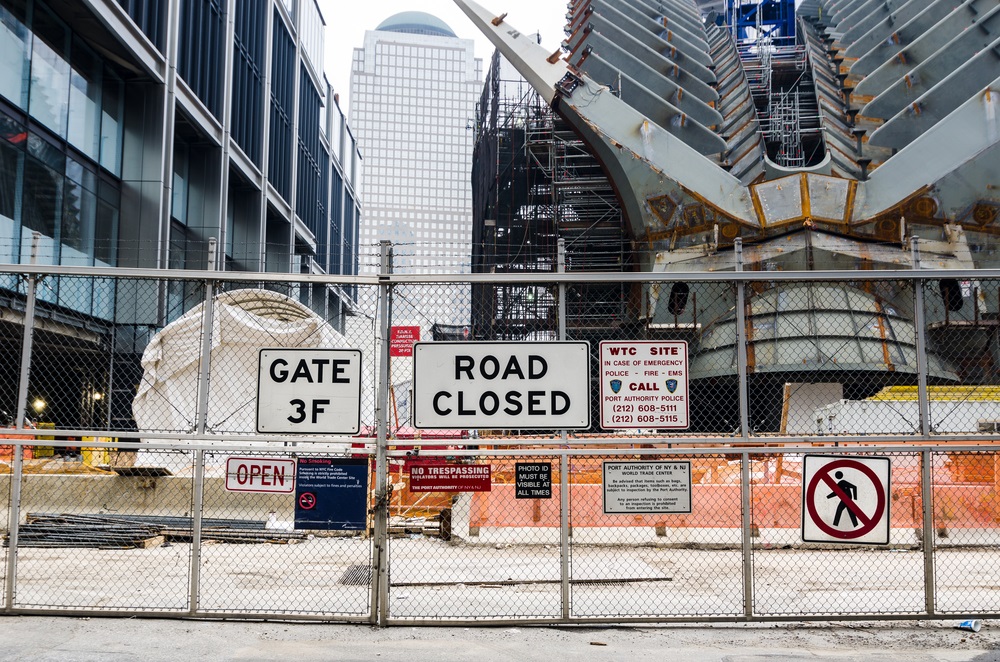A Quick Reminder on the Need to Prove Damages in New Jersey Construction Litigation

The New Jersey Appellate Division’s recent opinion in Professional Stone, Stucco & Siding Applicators, Inc. v. JMOC Builders, Inc., although not new, serves as a good reminder of what contractors need to do to prove damages in a breach of contract case.
In Professional Stone, the trial court found that the contractor was wrongfully terminated from the project, and awarded the contractor damages of roughly $50,000 calculated solely on the unpaid balance due under the contract.
So what’s the problem? The owner breached and the contractor gets the entire balance left on the contract – sounds pretty straightforward. The problem is that the contractor in this case (before the owner appealed) was awarded the balance of the contract price on termination instead of just lost profit on the job.
The trial court was correct to start with the total amount left on the contract, but omitted the second and critical step of the analysis. That is, calculating the difference between the contract price and the cost to perform the unfinished work. In other words, how much would it have cost the contractor to do the rest of the job? You must factor in the contractor’s own labor, materials, supplies, overhead, etc. necessary to earn the rest of the contract balance in order to calculate the profit.
We always recommend that our clients hire an expert to assist with valuing and supporting damages (and liability too). However, we understand that in some cases the added expense may create a burden. As the Professional Stone case points out, you don’t always need an expert, and don’t need to prove damages to the penny. Rather, you must show damages to a “reasonable degree of certainty.”
In Professional Stone, there was no evidence whatsoever presented to the trial court regarding the contractor’s costs to complete its work. (Expert evidence would have established that.) As a result, the Appellate Division overturned the trial court’s award to the contractor because of the lack of this evidence. The appellate court pointed out that the contractor could have used its historical profit margin as a suitable basis to calculate lost profits, but without any evidence, the contractor could not meet its burden.
The bottom line is that even if a contractor is not going to use an expert to support its damage calculation, it can’t go into court empty-handed when it comes to a lost profit calculation. Whether you are an owner or a contractor, what this shows is that termination of a contract in a construction project has consequences, and each side has to look closely at what remains to be done in the incomplete project.
If you have any questions about this post or any related matters, please feel free to contact our Construction Law Practice Group.



